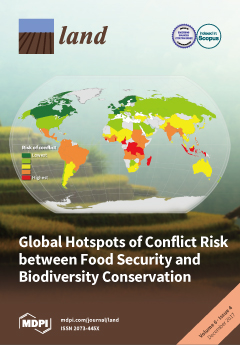Resource information
Participatory mapping of local land use as the basis for planning and decision-making has become widespread around the globe. However, still relatively little is known about the conceptual underpinnings of geographic information produced through participatory mapping in given cultural and linguistic settings. In this paper, we therefore address the seemingly simple question of what is (not) represented on maps through an exploratory case study comparing land use categories participants represented on sketch maps with categories elicited through more language-focused ethnographic fieldwork. To explore landscape categorization, we conducted sketch mapping with 29 participants and in-depth ethnographic fieldwork with 19 participants from the Takana indigenous people in the Bolivian Amazon. Sketch mapping resulted in 74 different feature types, while we elicited 156 landscape categories used in language, of which only 23 overlapped with feature types from the sketch mapping. Vegetation categories were highly diversified in language but seldom represented on maps, while more obviously anthropogenic features were represented on sketch maps. Furthermore, participants seldom drew culturally important landscape categories such as fallow plots or important plant harvesting sites on maps, with important potential consequences for natural resource management.


